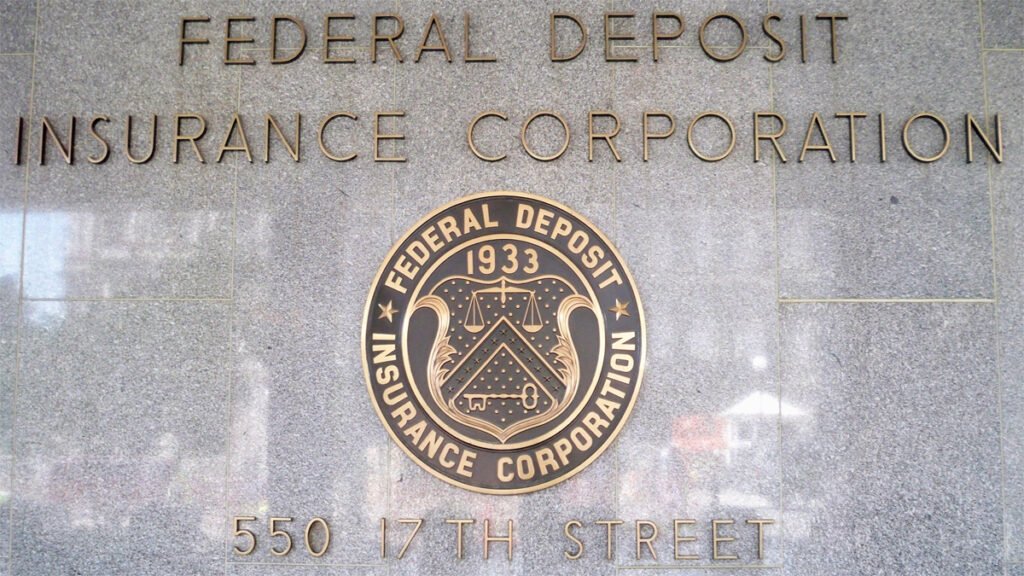The largest bank run at SVB in over ten years totaled $42 billion in a single day.
In one of the largest US bank runs in more than a decade, investors and depositors attempted to withdraw $42 billion from Silicon Valley Bank on Thursday, according to a regulatory filing on Friday.
The Department of Financial Protection and Innovation, California’s bank regulator, issued an order taking possession of the bank on Friday. It states that as of the close of business on March 9, the bank had a negative cash balance of $958 million.
The ruling sheds light on the severity of the bank run that the lender experienced before it was placed into receivership by the Federal Deposit Insurance Corp. The volume of withdrawal attempts was so great that the bank ran out of cash and sources of funding.

The California regulator claims that SVB was unable to gather enough cash to meet the Federal Reserve’s cash letter, which included a list of checks and other transactions for the bank to handle.
The bank failed to meet its cash letter obligation to the Federal Reserve “despite attempts by the bank, with the cooperation of authorities, to transfer collateral from other sources,” according to the commissioner Clothilde Hewlett’s order.
Venture retraction
Greg Becker, the chief executive officer of Silicon Valley Bank, wrote a letter to shareholders on Wednesday that served as the catalyst for the run. The bank announced an intention to seek $2.25 billion in capital to strengthen its finances after suffering a $1.8 billion loss on the sale of US treasuries and mortgage-backed securities.
Clients, including many of the venture capital firms the bank had developed over decades, instantly tried to withdraw their money. According to persons with knowledge of the situation, Peter Thiel’s Founders Fund, Coatue Management, Union Square Ventures, and Founder Collective all encouraged their firms to withdraw money from the bank.

According to the regulator, depositors and investors requested $42 billion in withdrawals just on Thursday. The California watchdog claimed that although the bank had been solvent before Thursday, the run “caused the bank to be incapable of meeting its obligations as they fall due” and that it was now insolvent.
The bank was subsequently shut down and placed under FDIC receivership by the California DFPI, making it the greatest US bank failure since the financial crisis.



